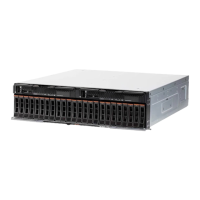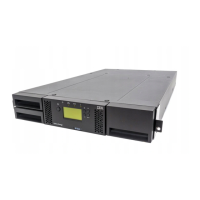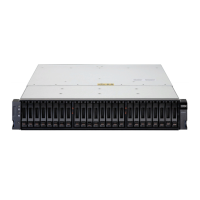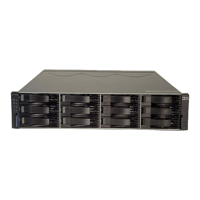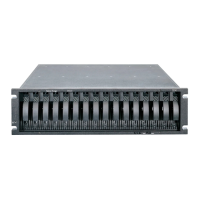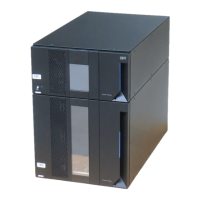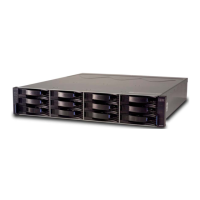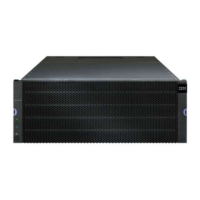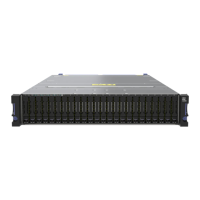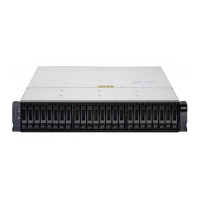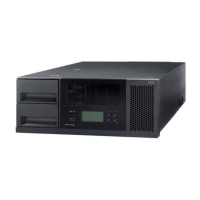302 IBM Midrange System Storage Hardware Guide
6.2.1 Installing the host OS
There are various operating systems supported for the RSM host, as shown in “Software
requirements” on page 288. In our example, we used a Red Hat Linux Enterprise License 5
as the host operating system on the RSM server. When installing RHEL5, we selected the
following additional packages:
expect
mgetty
Simple Web server (apache2)
KDE desktop environment
See IBM Remote Storage Manager for Storage: Planing, Installation, and User’s Guide,
GC26-7933 for specific operating system installation instructions.
6.2.2 Installing RSM
The RSM software can be downloaded from:
http://www.ibm.com/storage/disk/rsm
We installed RSM according to the instructions in IBM Remote Storage Manager for Storage
Planing, Installation, and User’s Guide, GC26-7933. After the installation, you have to define
the admin and lservice user IDs.
6.2.3 Setting up RSM
After the installation is complete, we have to set up RSM by performing the following steps:
1. On the Linux login window, perform the following steps:
a. Click Session and select KDE.
b. Log in as the admin user.
c. Click the Manage icon to open a Web browser that shows the main administration
window, as shown in Figure 6-8. Click Login.
Figure 6-8 RSM administration window
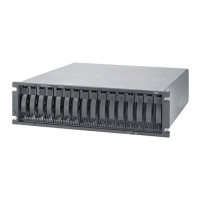
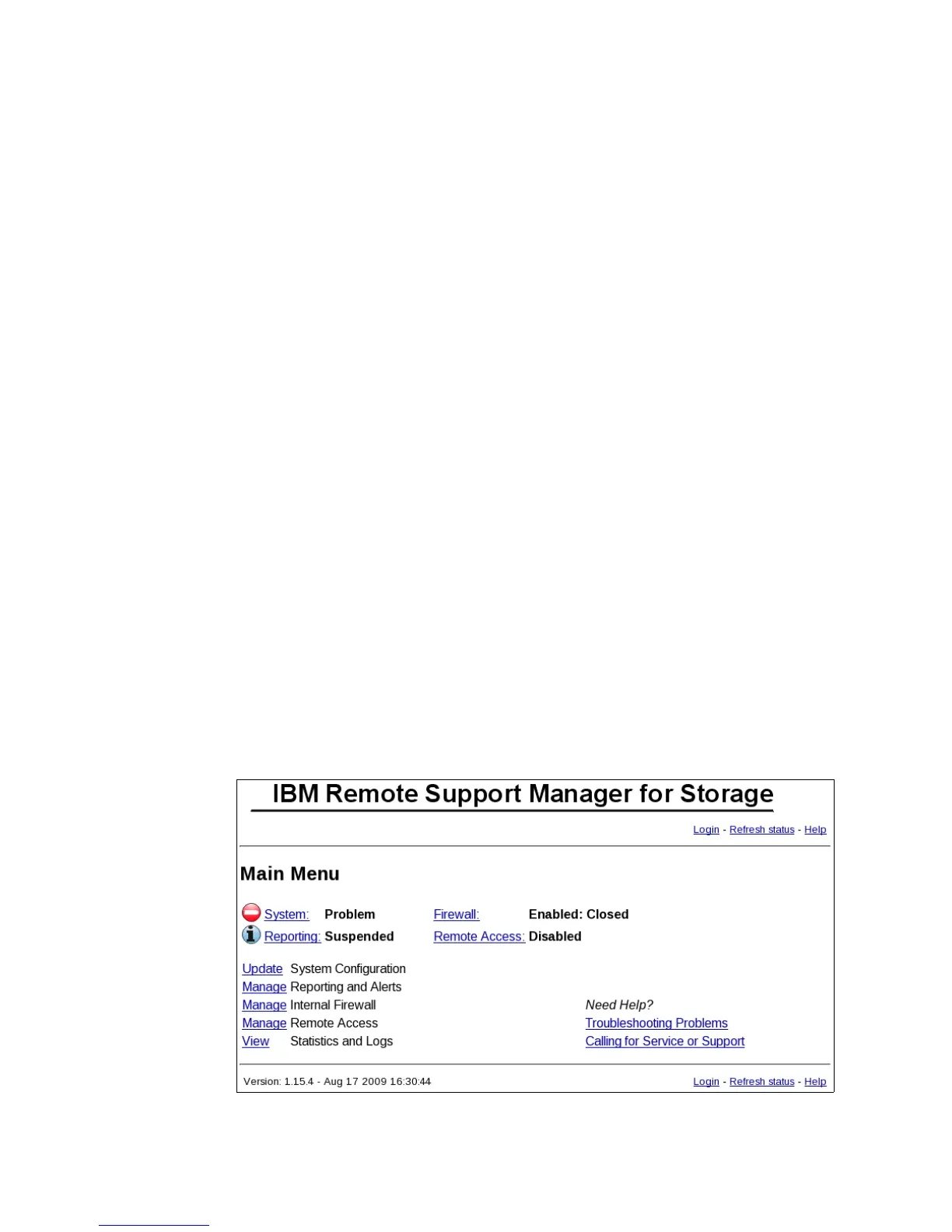